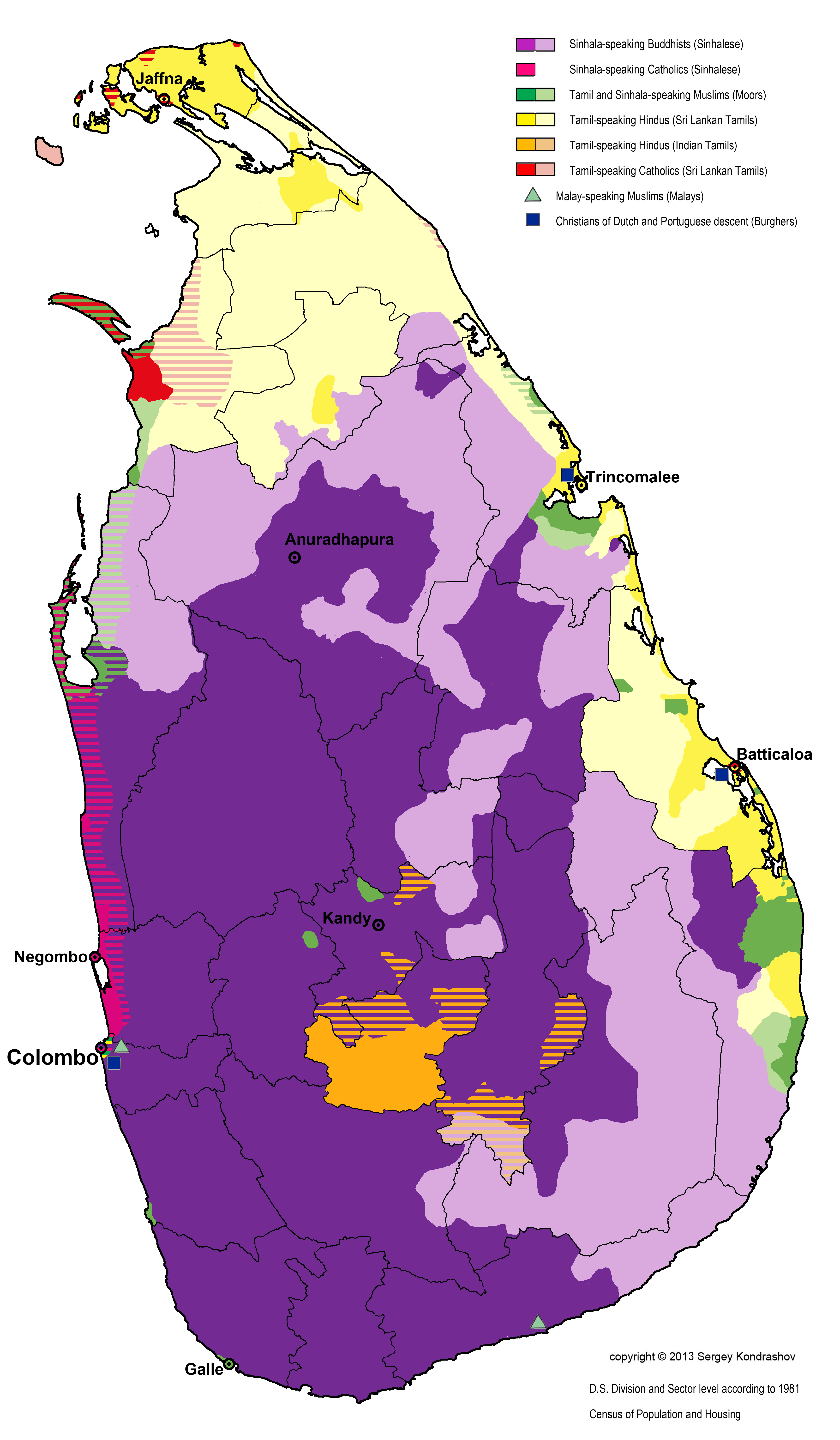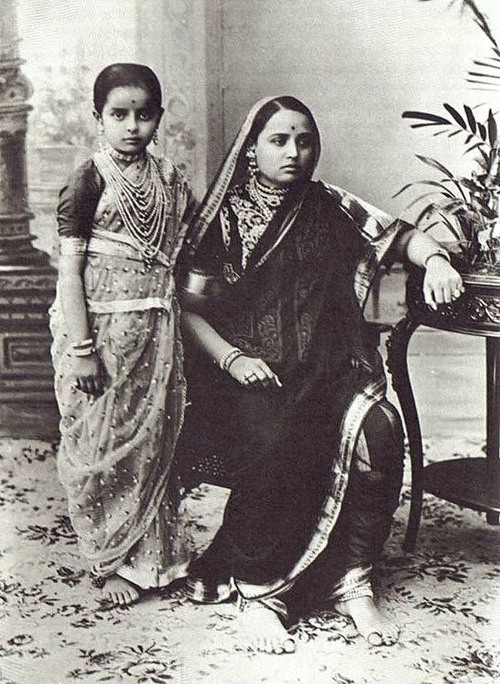|
Loan Words In Sri Lankan Tamil
Loan words in Sri Lankan Tamil came about mostly due contact between colonial powers and the native population. Linguists study a language's lexicon for a number of reasons. Languages such as Tamil with centuries of literature and multi-cultural contact offer the chance to compare the various processes of lexical change. The words of foreign origin or loanwords illustrate those processes: calques, loanwords, the distinction between function words and content words. ''Note: For information on the transcription used, see National Library at Calcutta romanization and Tamil script. European contribution Sri Lankan Tamil dialects are distinct from the Tamil dialects used in Tamil Nadu, India. They are used in Sri Lanka and in the Tamil diaspora. Linguistic borrowings from European colonizers such as the Portuguese, English and the Dutch have also contributed to a unique vocabulary that is distinct from the colloquial usage of Tamil in the Indian mainland. Furthermore, a form of Tamil ... [...More Info...] [...Related Items...] OR: [Wikipedia] [Google] [Baidu] |
Sri Lankan Tamil Dialects
The Sri Lankan Tamil dialects or Ceylon Tamil or commonly in Tamil language Eelam Tamil () are a group of Tamil dialects used in Sri Lanka by its native Tamil people and Eastern Moors, and Coast Veddas that is distinct from the dialects of Tamil spoken in Tamil Nadu and Sri Lanka. It is broadly categorized into three sub groups: Jaffna Tamil, Batticaloa Tamil, and Negombo Tamil dialects. But there are number of sub dialects within these broad regional dialects as well. These dialects are also used by ethnic groups other than Tamils and Moors such as Sinhalese people, Portuguese Burghers and the indigenous Coastal Vedda people. Characteristics As Tamil is a diglossic language the differences between the standard written languages across the globe is minimal but the spoken varieties differ considerably. The spoken Tamil varieties in Sri Lanka although different from those of Tamil Nadu in India share some common features with the southern dialects of Tamil Nadu. Sri Lankan Tamil di ... [...More Info...] [...Related Items...] OR: [Wikipedia] [Google] [Baidu] |
Portuguese Language
Portuguese ( or, in full, ) is a western Romance language of the Indo-European language family, originating in the Iberian Peninsula of Europe. It is an official language of Portugal, Brazil, Cape Verde, Angola, Mozambique, Guinea-Bissau and São Tomé and Príncipe, while having co-official language status in East Timor, Equatorial Guinea, and Macau. A Portuguese-speaking person or nation is referred to as " Lusophone" (). As the result of expansion during colonial times, a cultural presence of Portuguese speakers is also found around the world. Portuguese is part of the Ibero-Romance group that evolved from several dialects of Vulgar Latin in the medieval Kingdom of Galicia and the County of Portugal, and has kept some Celtic phonology in its lexicon. With approximately 250 million native speakers and 24 million L2 (second language) speakers, Portuguese has approximately 274 million total speakers. It is usually listed as the sixth-most spoken language, the third-most sp ... [...More Info...] [...Related Items...] OR: [Wikipedia] [Google] [Baidu] |
Sinhala Language
Sinhala ( ; , ''siṁhala'', ), sometimes called Sinhalese (), is an Indo-Aryan languages, Indo-Aryan language primarily spoken by the Sinhalese people of Sri Lanka, who make up the largest ethnic group on the island, numbering about 16 million. Sinhala is also spoken as the first language by other ethnic groups in Sri Lanka, totalling about 2 million people as of 2001. It is written using the Sinhala script, which is a Brahmic scripts, Brahmic script closely related to the Grantha script of South India. Sinhala is one of the official and national languages of Sri Lanka. Along with Pali, it played a major role in the development of Theravada, Theravada Buddhist literature. The early form of the Sinhala language, is attested as early as the 3rd century BCE. The language of these inscriptions with long vowels and aspirated consonants is a Prakrit similar to Magadhi, a regional associate of the Middle Indian Prakrits that has been used during the time of the Buddha. The closest ... [...More Info...] [...Related Items...] OR: [Wikipedia] [Google] [Baidu] |
Indo-European Languages
The Indo-European languages are a language family native to the overwhelming majority of Europe, the Iranian plateau, and the northern Indian subcontinent. Some European languages of this family, English, French, Portuguese, Russian, Dutch, and Spanish, have expanded through colonialism in the modern period and are now spoken across several continents. The Indo-European family is divided into several branches or sub-families, of which there are eight groups with languages still alive today: Albanian, Armenian, Balto-Slavic, Celtic, Germanic, Hellenic, Indo-Iranian, and Italic; and another nine subdivisions that are now extinct. Today, the individual Indo-European languages with the most native speakers are English, Hindi–Urdu, Spanish, Bengali, French, Russian, Portuguese, German, and Punjabi, each with over 100 million native speakers; many others are small and in danger of extinction. In total, 46% of the world's population (3.2 billion people) speaks an ... [...More Info...] [...Related Items...] OR: [Wikipedia] [Google] [Baidu] |
Artillery
Artillery is a class of heavy military ranged weapons that launch munitions far beyond the range and power of infantry firearms. Early artillery development focused on the ability to breach defensive walls and fortifications during sieges, and led to heavy, fairly immobile siege engines. As technology improved, lighter, more mobile field artillery cannons developed for battlefield use. This development continues today; modern self-propelled artillery vehicles are highly mobile weapons of great versatility generally providing the largest share of an army's total firepower. Originally, the word "artillery" referred to any group of soldiers primarily armed with some form of manufactured weapon or armor. Since the introduction of gunpowder and cannon, "artillery" has largely meant cannons, and in contemporary usage, usually refers to shell-firing guns, howitzers, and mortars (collectively called ''barrel artillery'', ''cannon artillery'', ''gun artillery'', or - a layman t ... [...More Info...] [...Related Items...] OR: [Wikipedia] [Google] [Baidu] |
Mortar (weapon)
A mortar is usually a simple, lightweight, man-portable, muzzle-loaded weapon, consisting of a smooth-bore (although some models use a rifled barrel) metal tube fixed to a base plate (to spread out the recoil) with a lightweight bipod mount and a sight. They launch explosive shells (technically called bombs) in high-arcing ballistic trajectories. Mortars are typically used as indirect fire weapons for close fire support with a variety of ammunition. History Mortars have been used for hundreds of years. The earliest mortars were used in Korea in a 1413 naval battle when Korean gunsmiths developed the ''wan'gu'' (gourd-shaped mortar) (완구, 碗口). The earliest version of the ''wan'gu'' dates back to 1407. Choi Hae-san (최해산, 崔海山) (1380–1443), the son of Choe Mu-seon (최무선, 崔茂宣) (1325–1395), is generally credited with inventing the ''wan'gu''. In the Ming dynasty, general Qi Jiguang recorded the use of a mini cannon called the Hu dun pao that was simi ... [...More Info...] [...Related Items...] OR: [Wikipedia] [Google] [Baidu] |
M18 Claymore Mine
M18 or M-18 may refer to: Aircraft * Messerschmitt M 18, an early German airliner * Miles M.18, a Miles aircraft * Mooney M-18 Mite, a low-wing monoplane * PZL-Mielec M-18 Dromader, an agricultural and aerial-firefighting aircraft Firearms and military equipment * M18 Claymore mine, an American anti-personnel landmine * M18 Hellcat, an American tank destroyer used in World War II * M18 smoke grenade, a colored smoke grenade * M18 recoilless rifle, a late-World War II recoilless rifle * SIG Sauer M18 pistol, a compact, carry sized SIG Sauer P320 used by the United States armed forces Roads and highways *M18 motorway (Great Britain) *M18 motorway (Ireland) *M-18 (Michigan highway) * M18 (East London), a Metropolitan Route in East London, South Africa * M18 (Cape Town), a Metropolitan Route in Cape Town, South Africa * M18 (Johannesburg), a Metropolitan Route in Johannesburg, South Africa * M18 (Pretoria), a Metropolitan Route in Pretoria, South Africa * M18 (Port Elizabeth), a Metr ... [...More Info...] [...Related Items...] OR: [Wikipedia] [Google] [Baidu] |
Black July
Black July ( ta, கறுப்பு யூலை, translit=Kaṟuppu Yūlai; si, කළු ජූලිය, Kalu Juliya) was an anti-Tamil pogrom that occurred in Sri Lanka during July 1983. The pogrom was premeditated,T. Sabaratnam, Pirapaharan, Volume 2, Chapter 2 – The Jaffna Massacre (2003)T. Sabaratnam, Pirapaharan, Volume 2, Chapter 3 – The Final Solution (2003) and was finally triggered by a deadly ambush on 23 July 1983, which caused the death of 13 Sri Lanka Army soldiers, by the Tamil militant group Liberation Tigers of Tamil Eelam (LTTE). Although initially orchestrated by members of the ruling UNP, the pogrom soon escalated into mass violence with significant public participation. On the night of 24 July 1983, anti-Tamil rioting started in the capital city of Colombo and then spread to other parts of the country. Over seven days, mainly Sinhalese mobs attacked, burned, looted, and killed Tamil civilians. Estimates of the death toll range between 400 and 3, ... [...More Info...] [...Related Items...] OR: [Wikipedia] [Google] [Baidu] |
Sari
A sari (sometimes also saree or shari)The name of the garment in various regional languages include: * as, শাৰী, xārī, translit-std=ISO * bn, শাড়ি, śāṛi, translit-std=ISO * gu, સાડી, sāḍī, translit-std=ISO * hi, साड़ी, sāṛī, translit-std=ISO * kn, ಸೀರೆ, sīre, translit-std=ISO * knn, साडी, कापड, चीरे, sāḍī, kāpaḍ, cīrē, translit-std=ISO * ml, സാരി, sāri, translit-std=ISO * mr, साडी, sāḍī, translit-std=ISO * ne, सारी, sārī, translit-std=ISO * or, ଶାଢ଼ୀ, śāṛhī, translit-std=ISO * pa, ਸਾਰੀ, sārī, translit-std=ISO * ta, புடவை, puṭavai, translit-std=ISO * te, చీర, cīra, translit-std=ISO * ur, ساڑى, sāṛī, translit-std=ISO is a women's garment from the Indian subcontinent, that consists of an un-stitched stretch of woven fabric arranged over the body as a robe, with one end tied to the waist, while ... [...More Info...] [...Related Items...] OR: [Wikipedia] [Google] [Baidu] |
Tombo (Registry)
The Tombo ( ta, தோம்பு) was a land registry compiled by the Portuguese to provide a detailed statement of property ownership and tax obligations in Portuguese Ceylon. First compiled in 1615, they are still sometimes used to settle land disputes. See also * List of loanwords in Sri Lankan Tamil * Maral (tax) Maral or marala (''death duty'') is an unpopular tax system which was practiced in Sri Lanka. The tax was applied on property after the death of the person who had the rights to it. Two-thirds of property could be transferred to kinsmen or heirs upo ... References External linksகளஞ்சியம் Economic history of Sri Lanka Portuguese Ceylon {{SriLanka-hist-stub ... [...More Info...] [...Related Items...] OR: [Wikipedia] [Google] [Baidu] |
Papaya
The papaya (, ), papaw, () or pawpaw () is the plant species ''Carica papaya'', one of the 21 accepted species in the genus ''Carica'' of the family Caricaceae. It was first domesticated in Mesoamerica, within modern-day southern Mexico and Central America. In 2020, India produced 43% of the world supply of papayas. Etymology The word ''papaya'' comes from Arawak via Spanish, this is also where ''papaw'' and ''pawpaw'' come from. Description The papaya is a small, sparsely branched tree, usually with a single stem growing from tall, with spirally arranged leaves confined to the top of the trunk. The lower trunk is conspicuously scarred where leaves and fruit were borne. The leaves are large, in diameter, deeply palmately lobed, with seven lobes. All parts of the plant contain latex in articulated laticifers. Flowers Papayas are dioecious. The flowers are five-parted and highly dimorphic; the male flowers have the stamens fused to the petals. The female flowers h ... [...More Info...] [...Related Items...] OR: [Wikipedia] [Google] [Baidu] |






